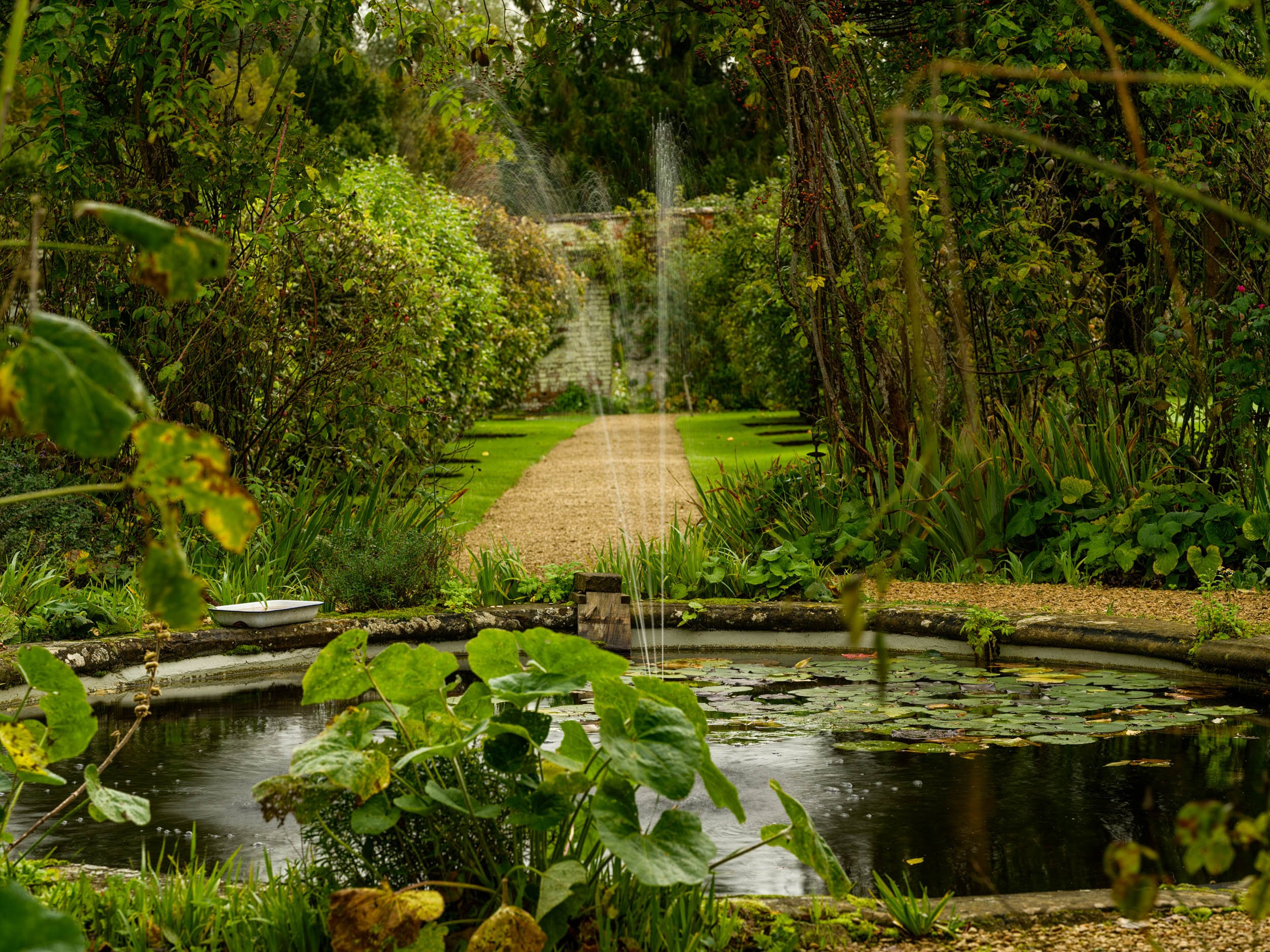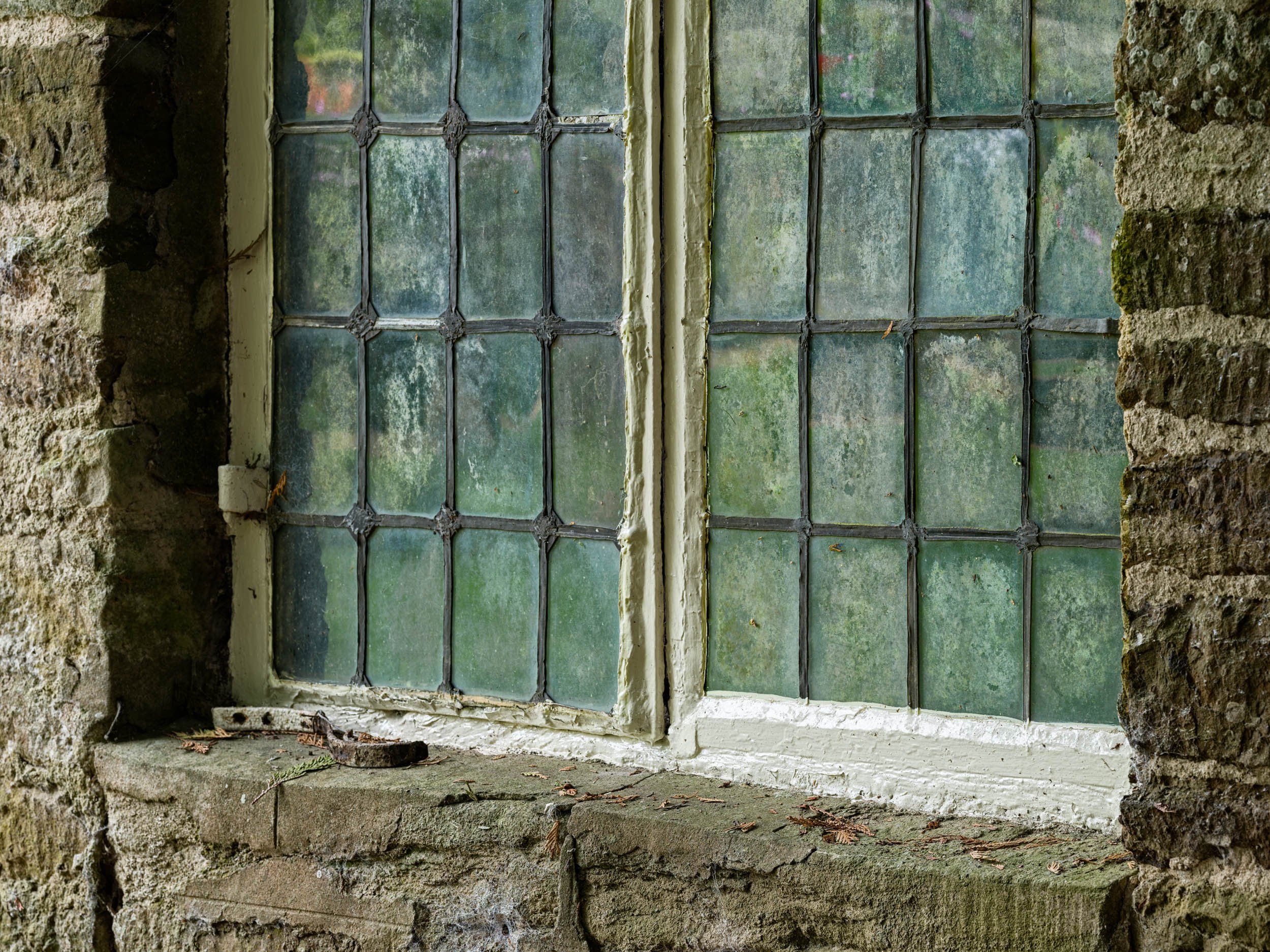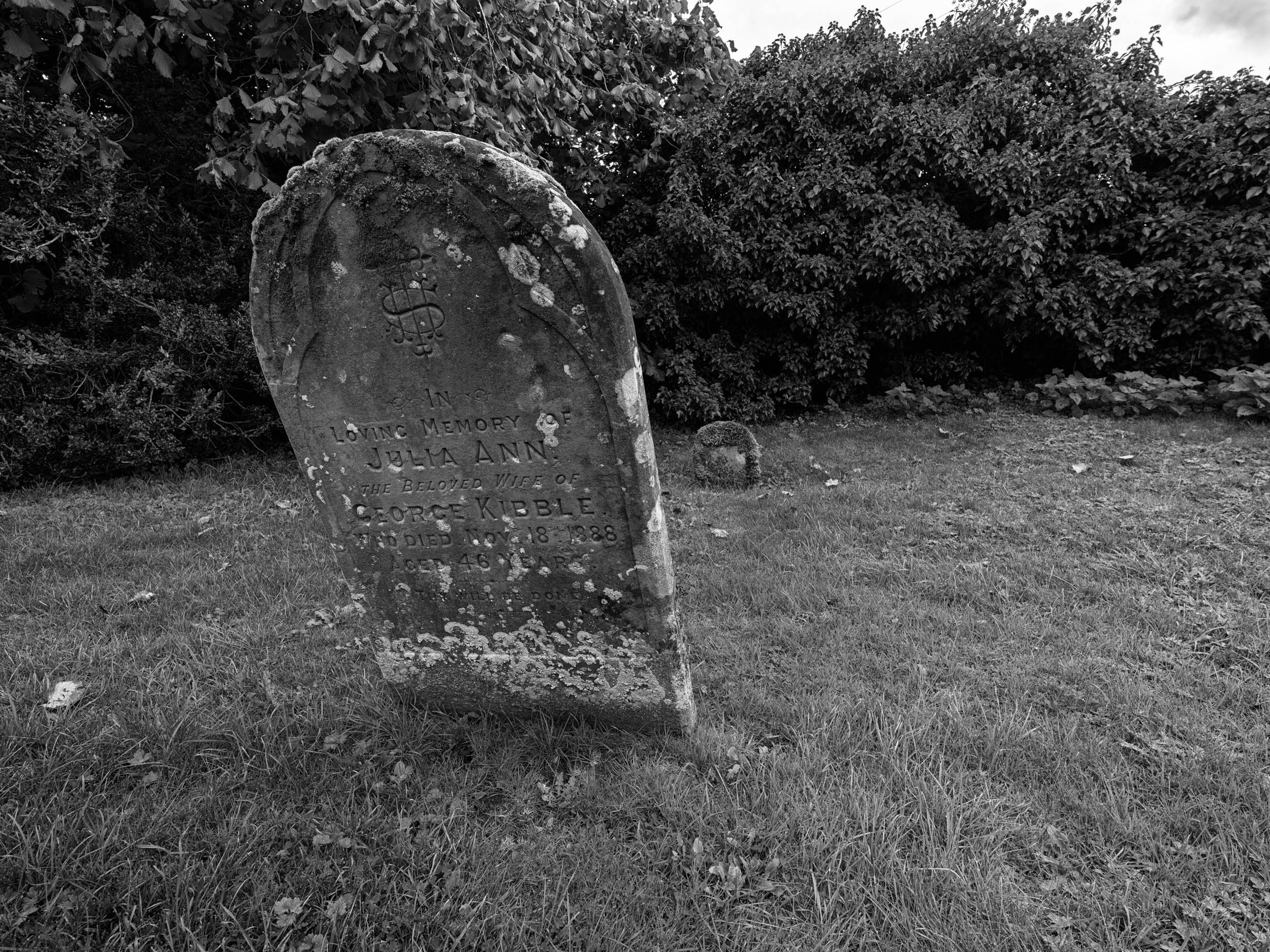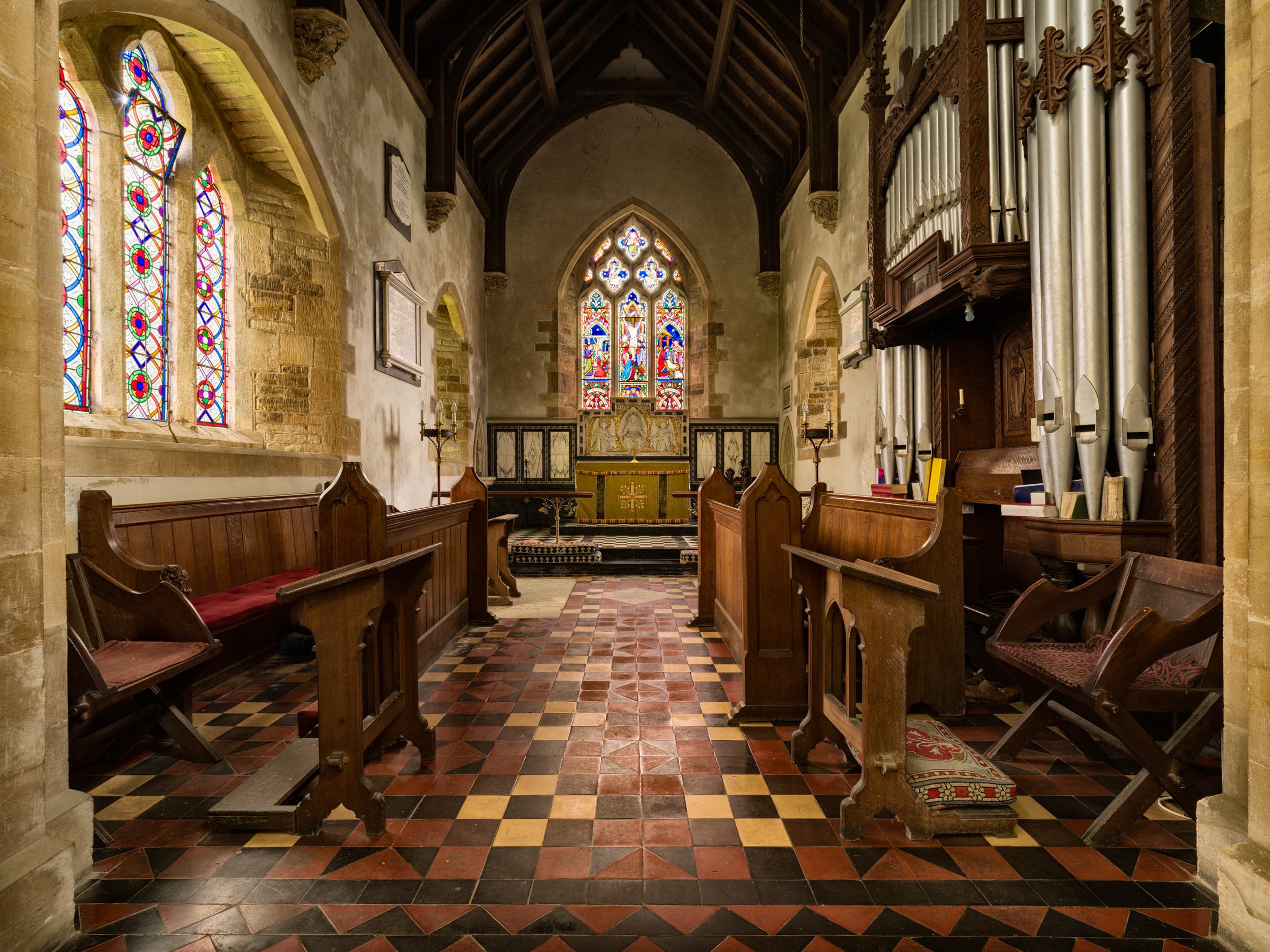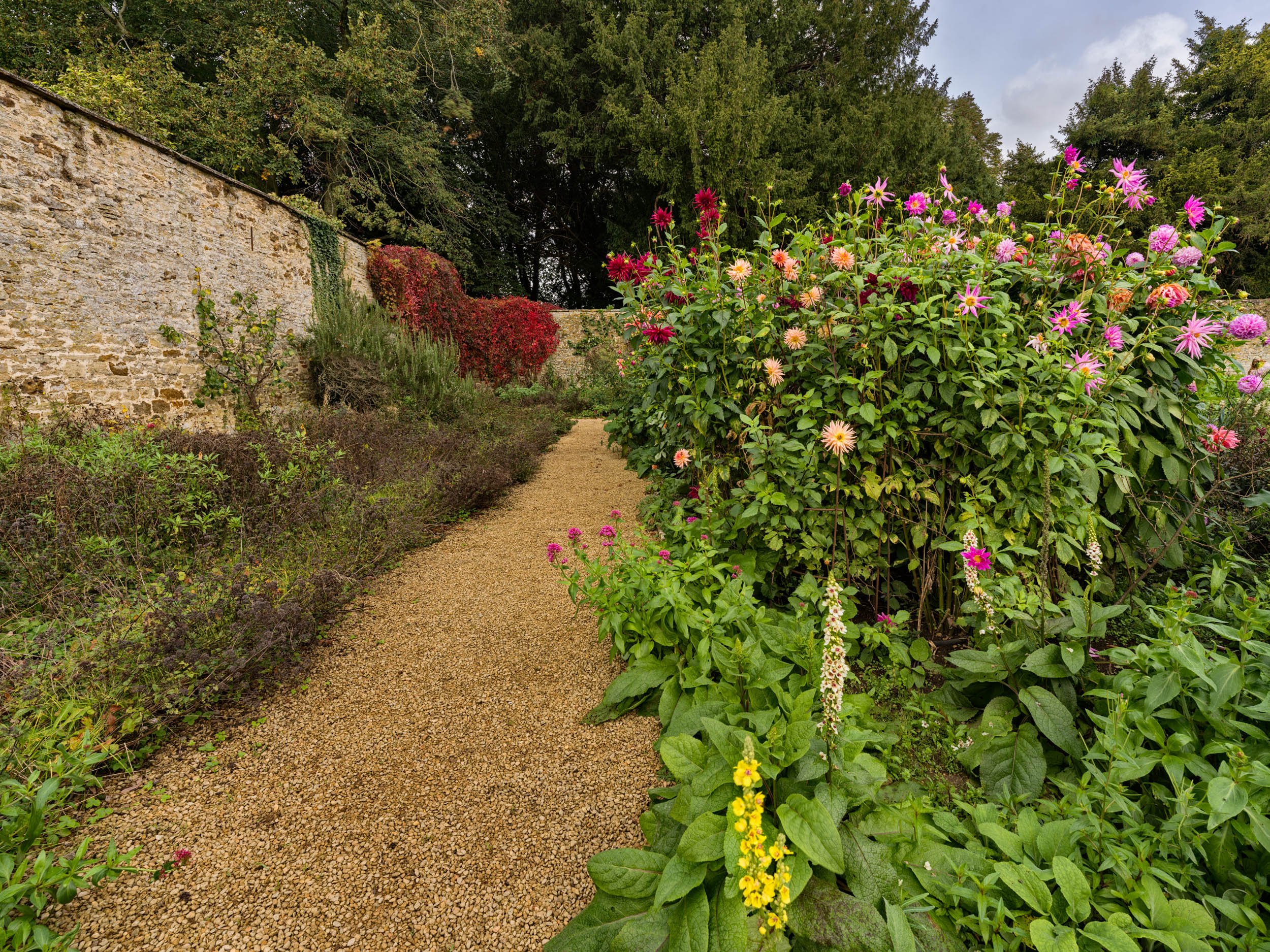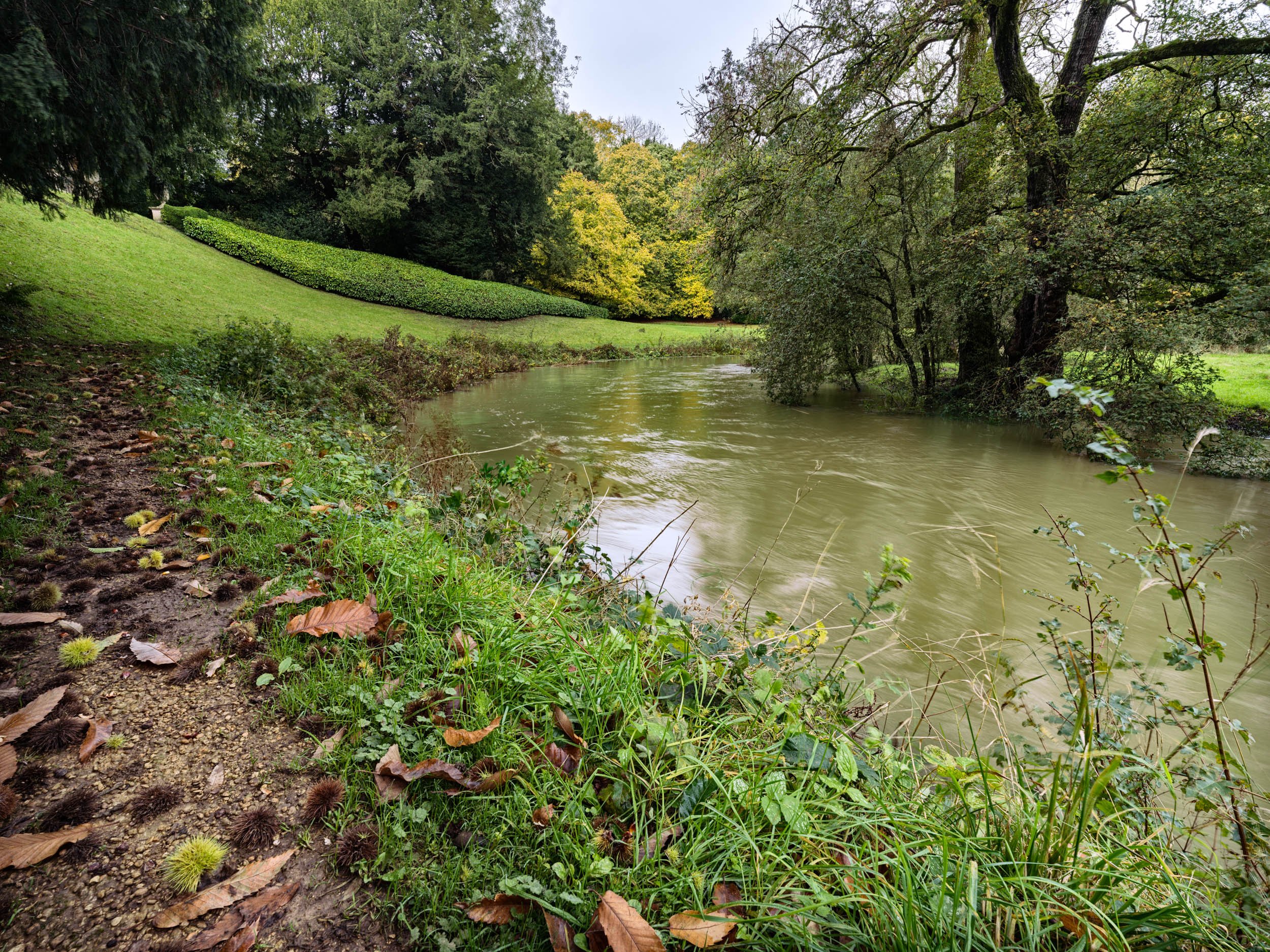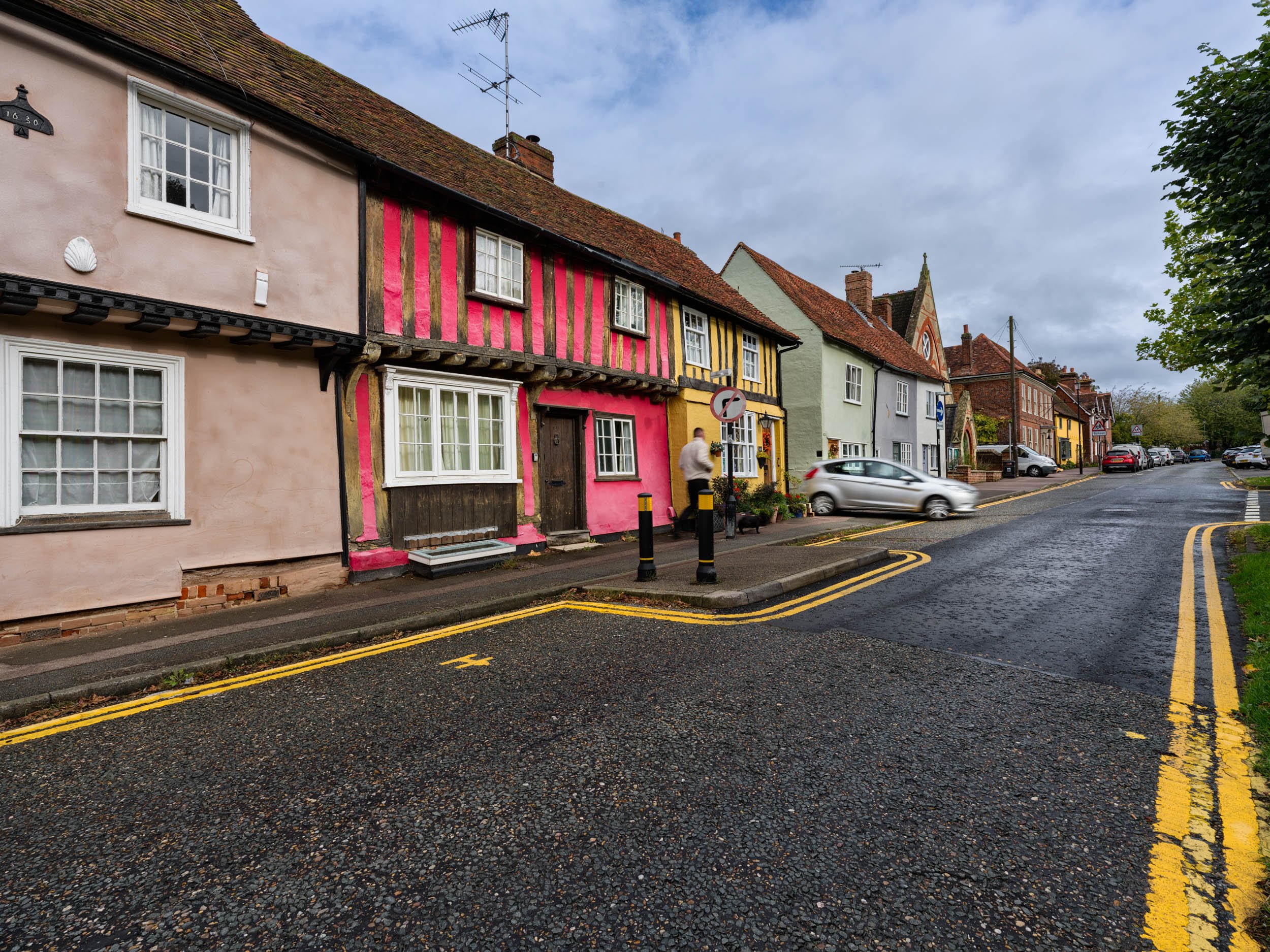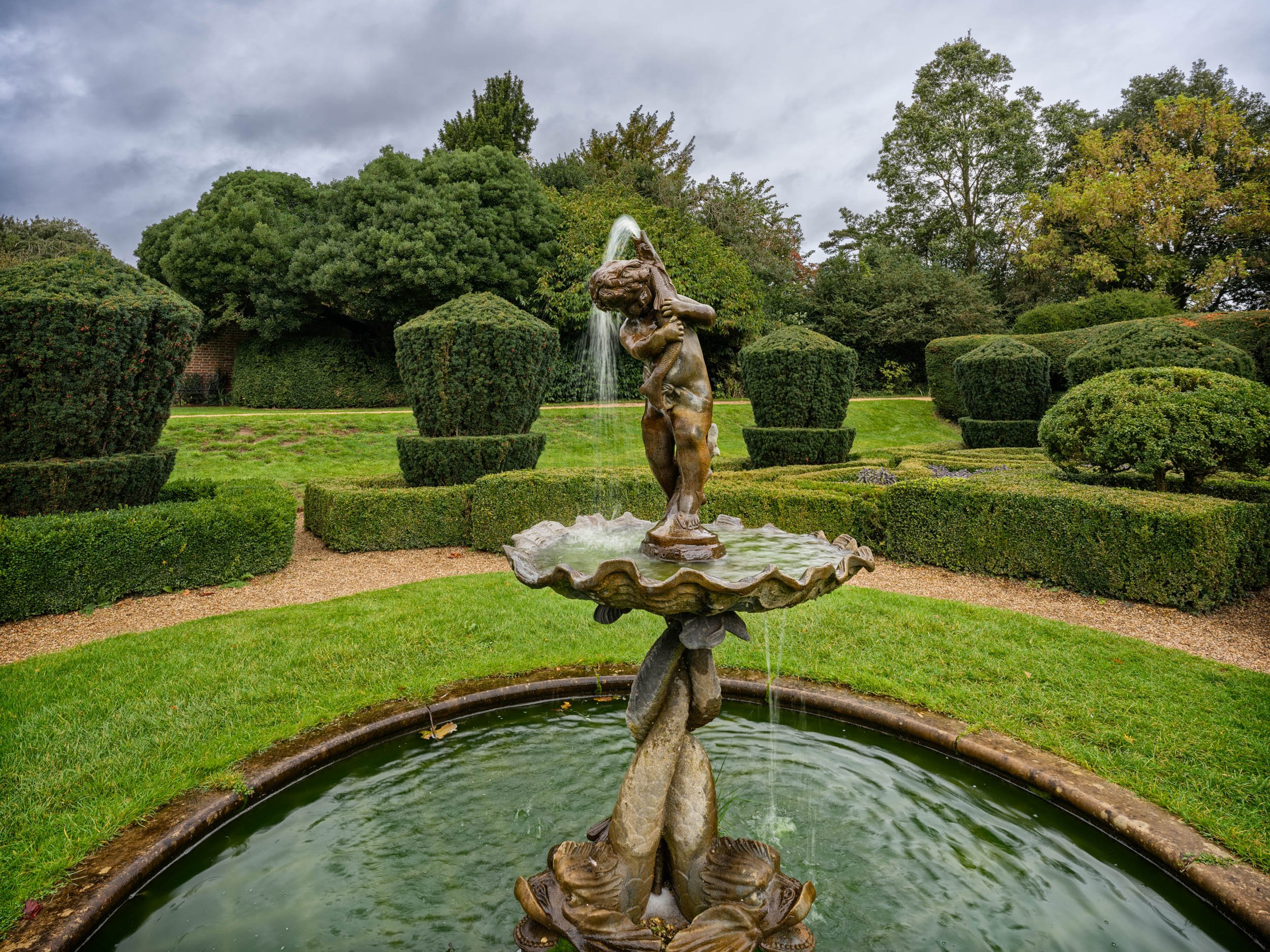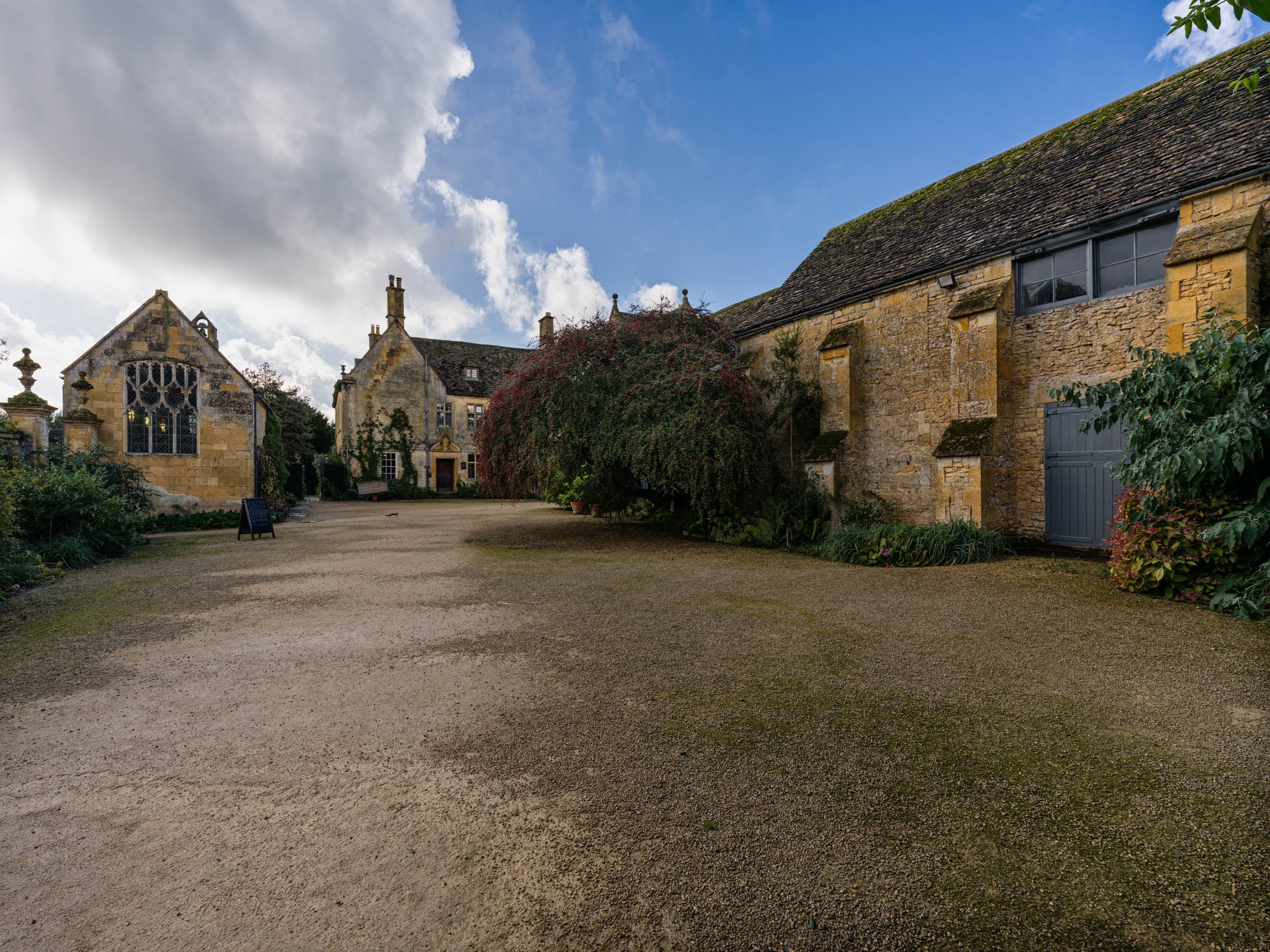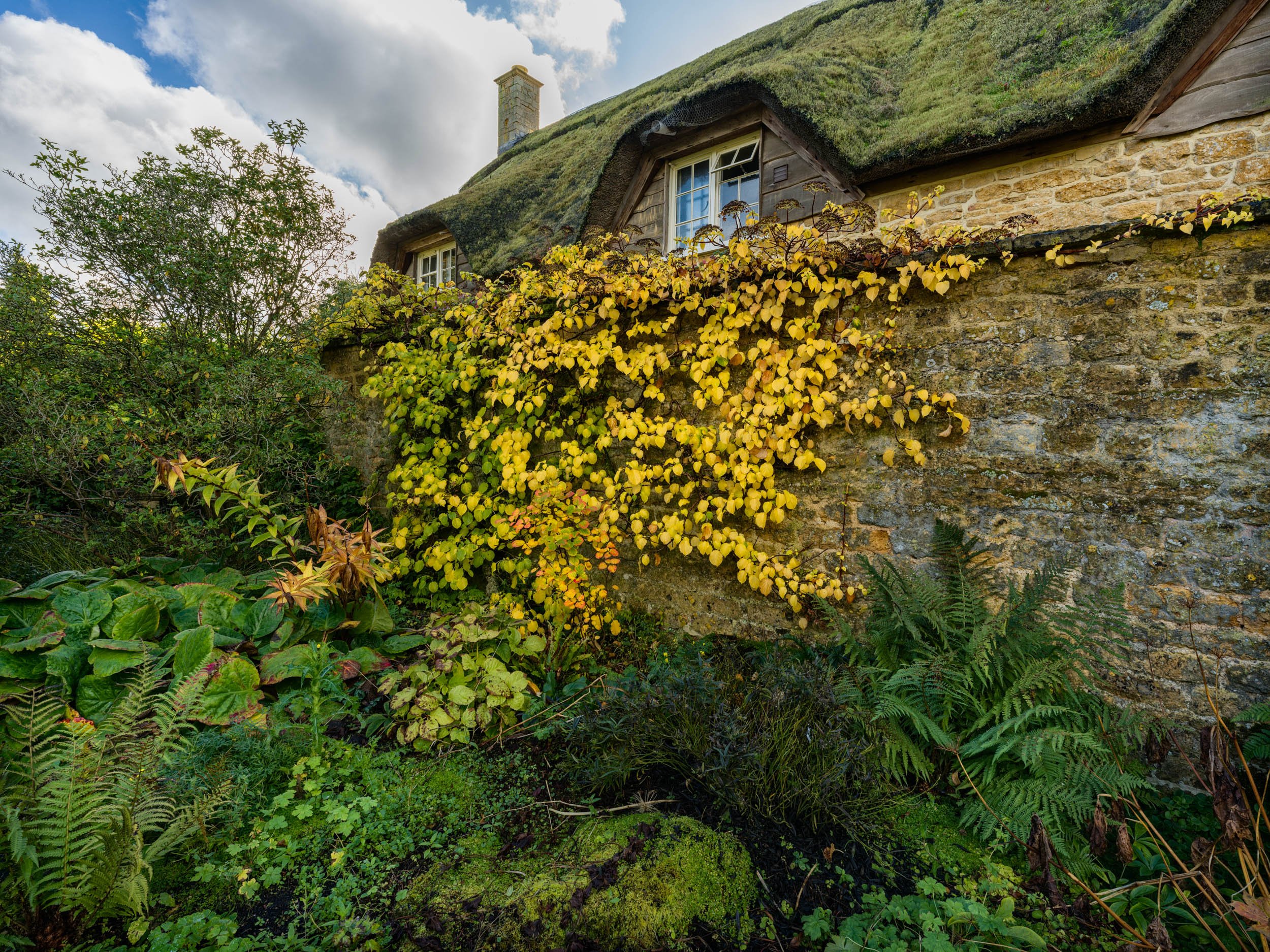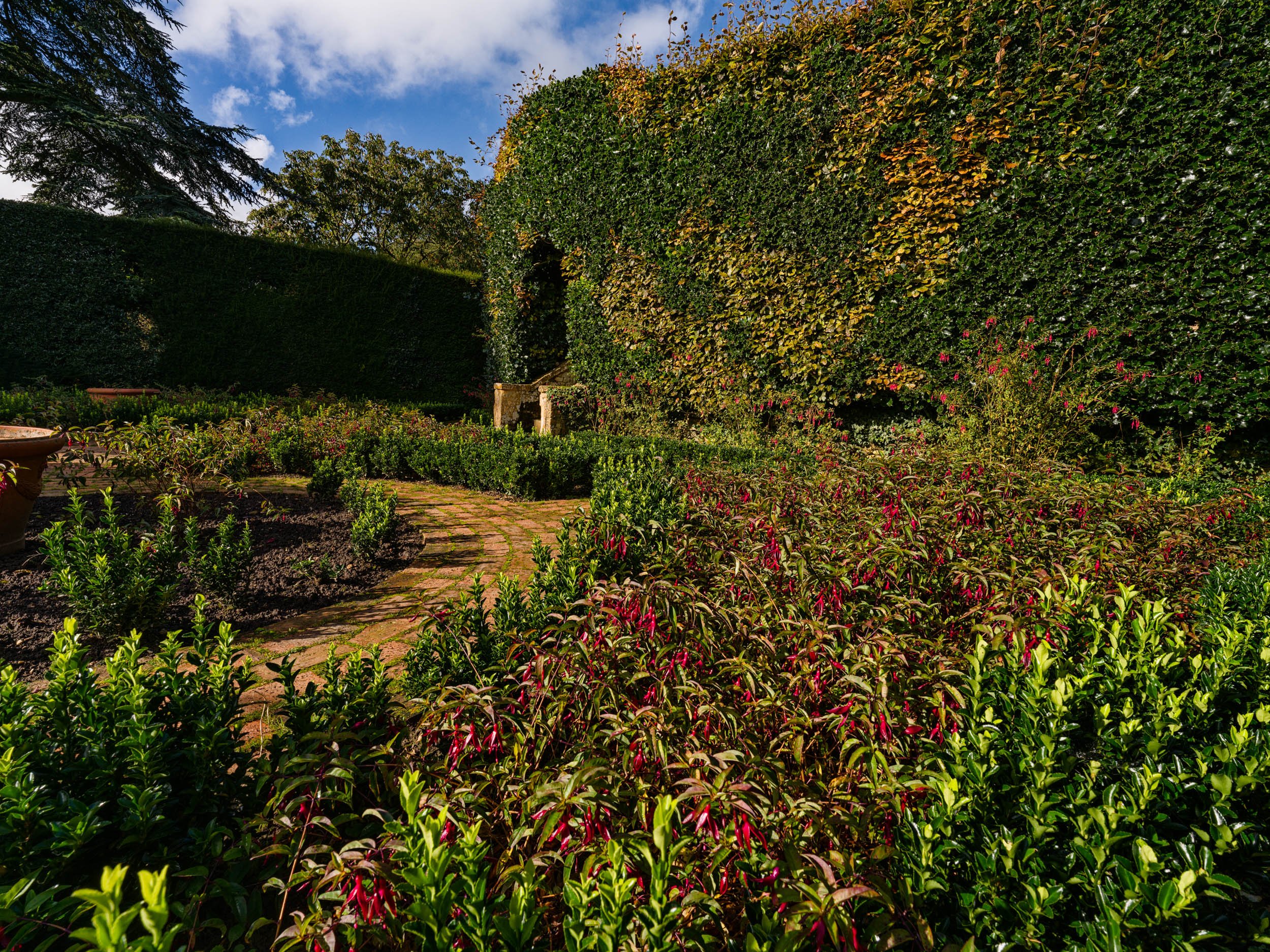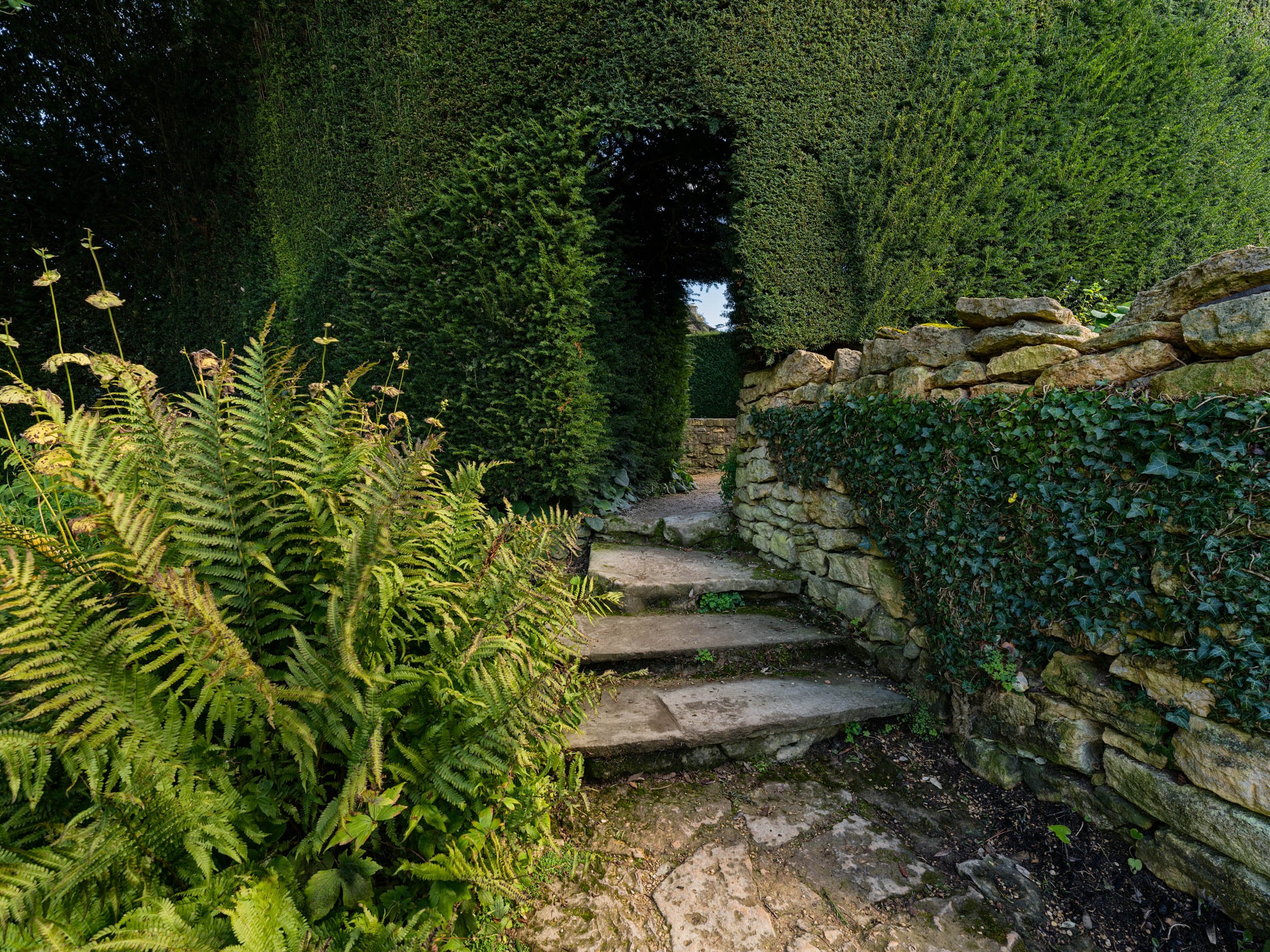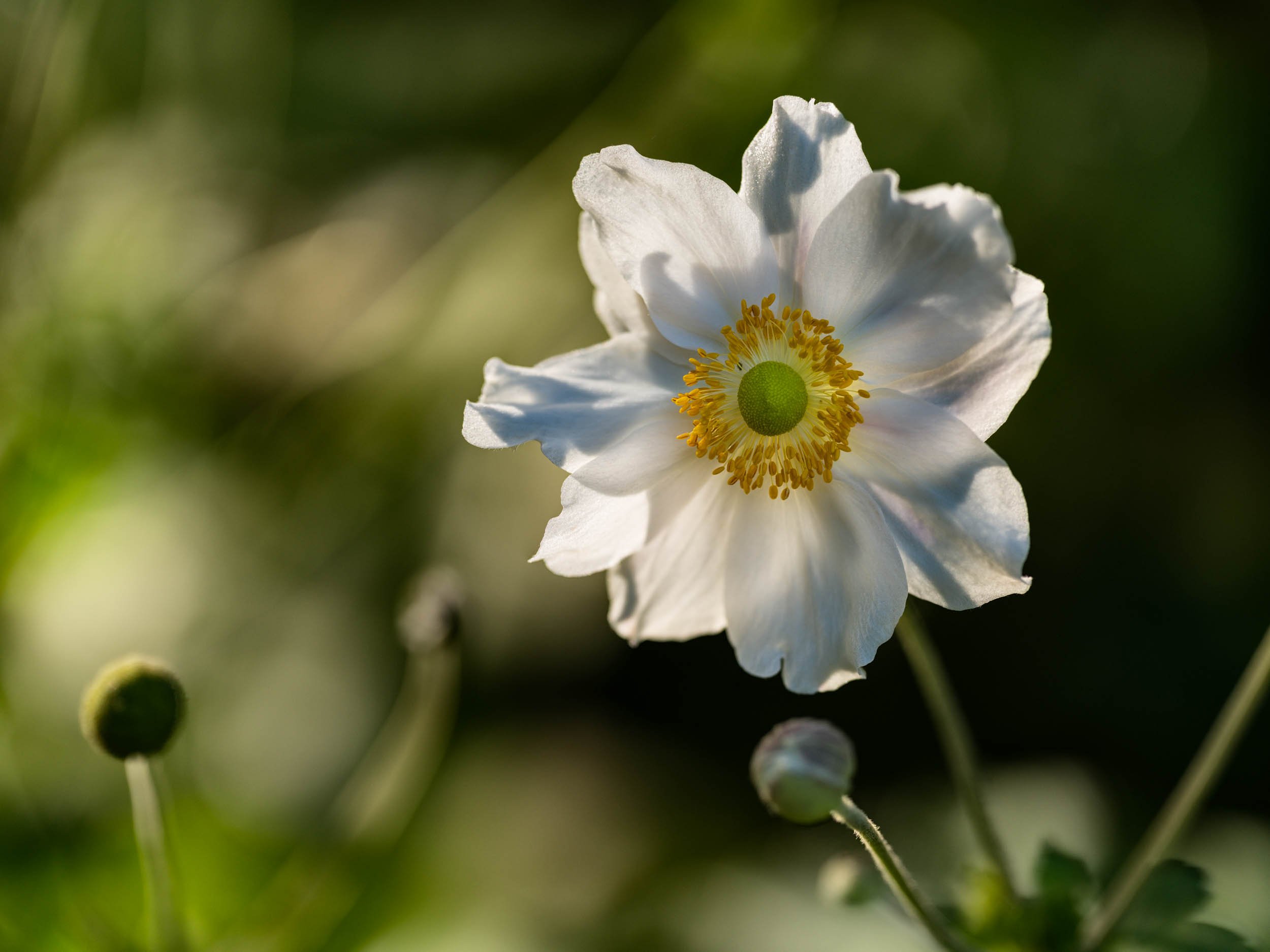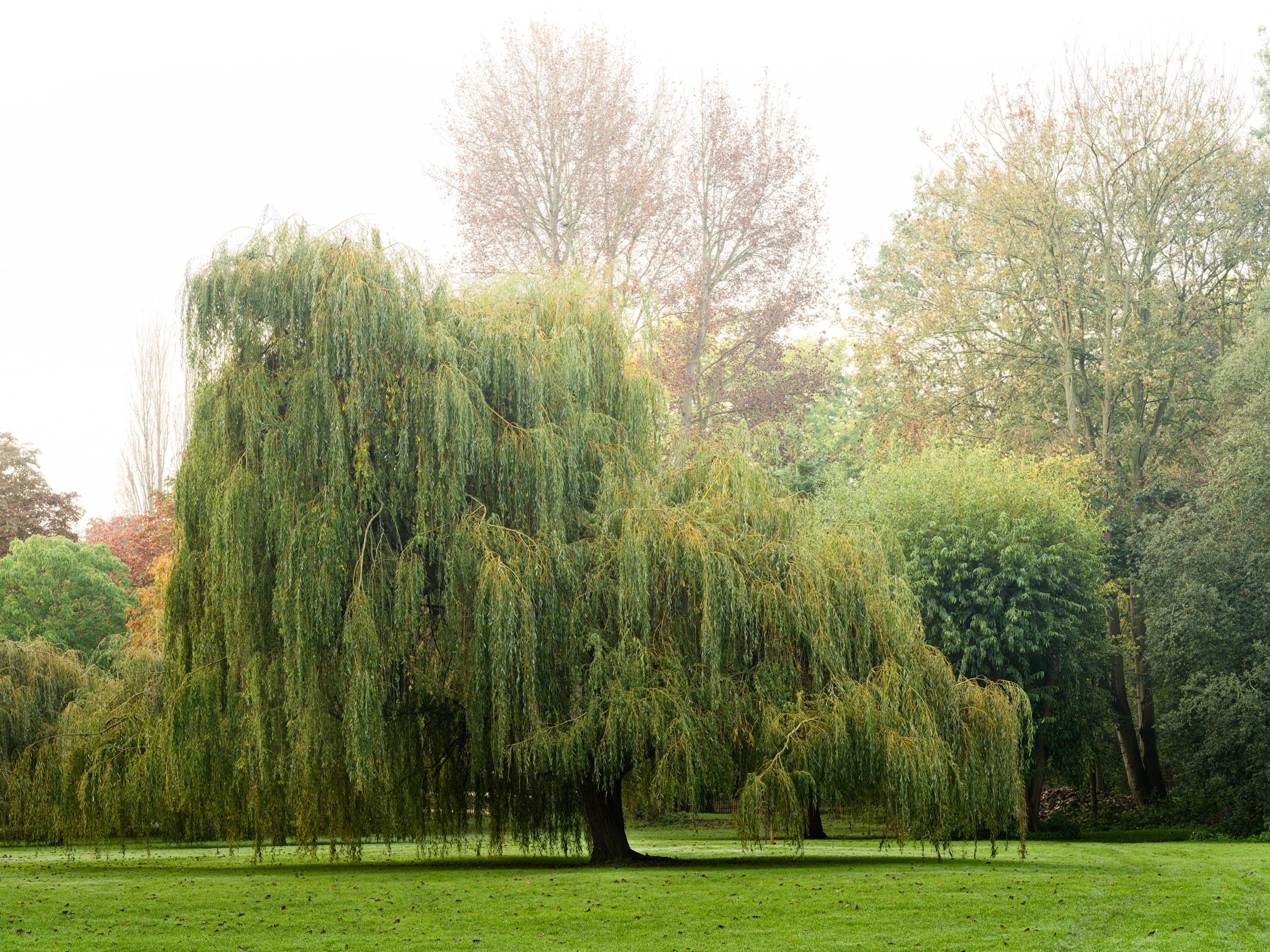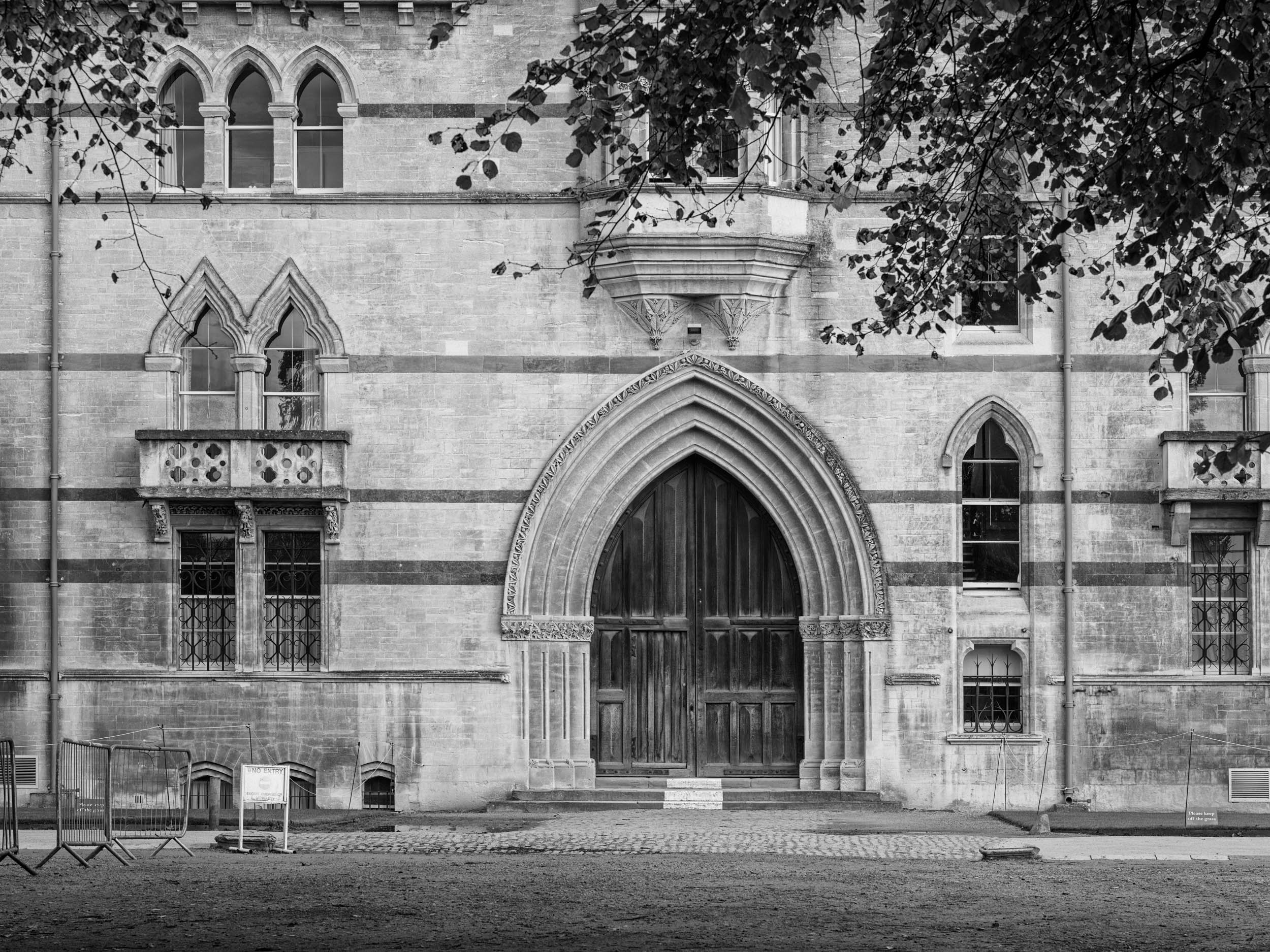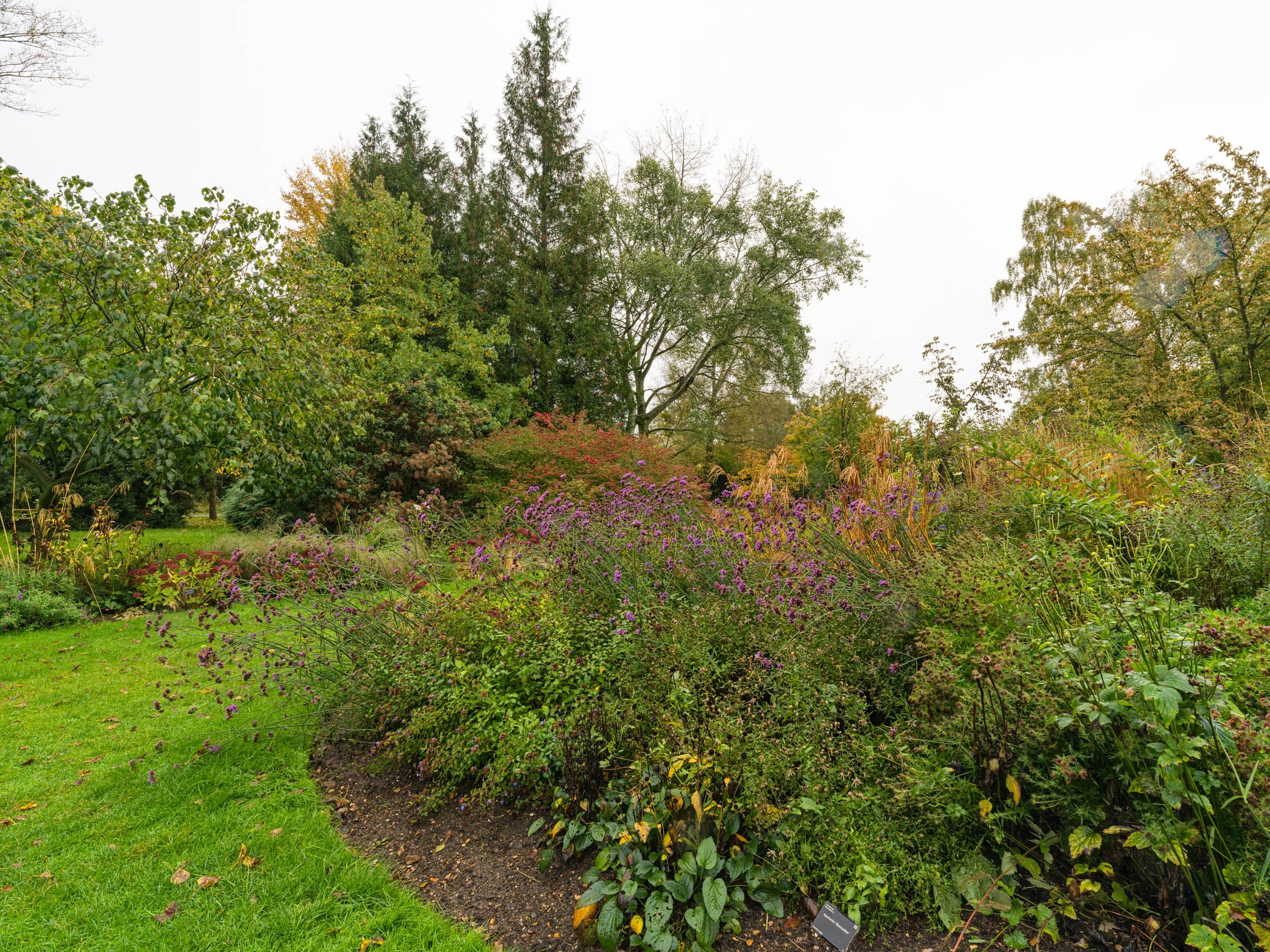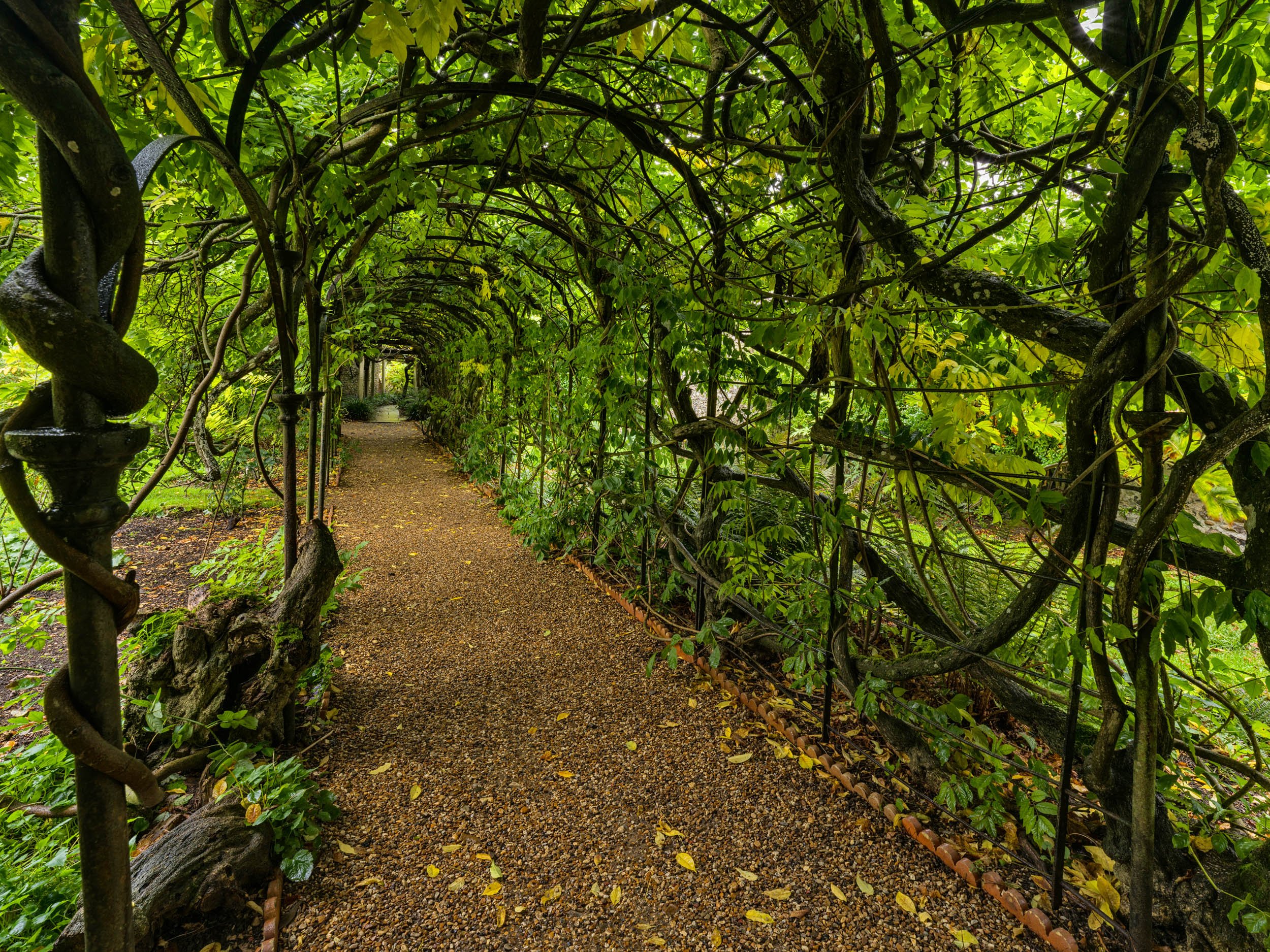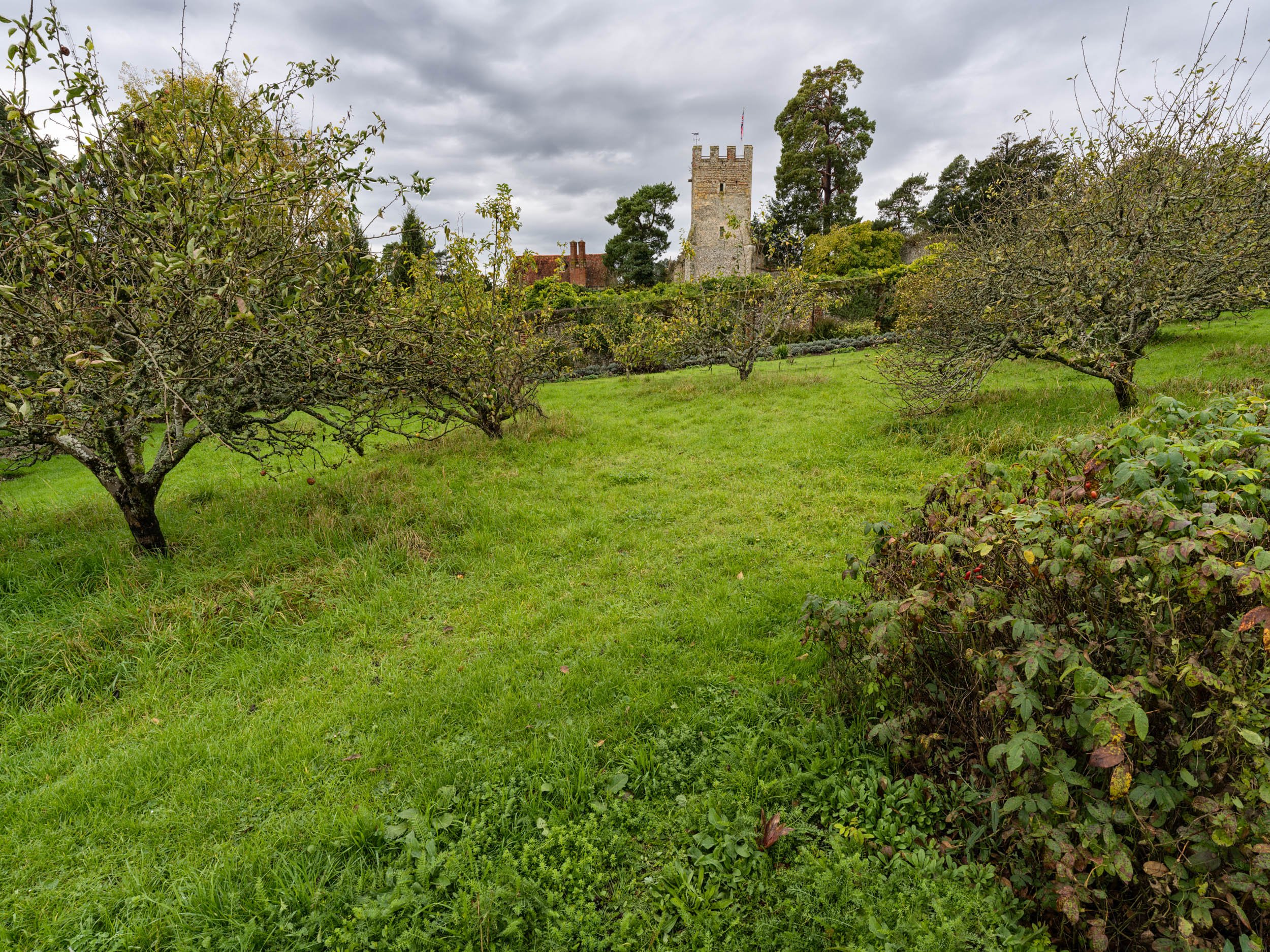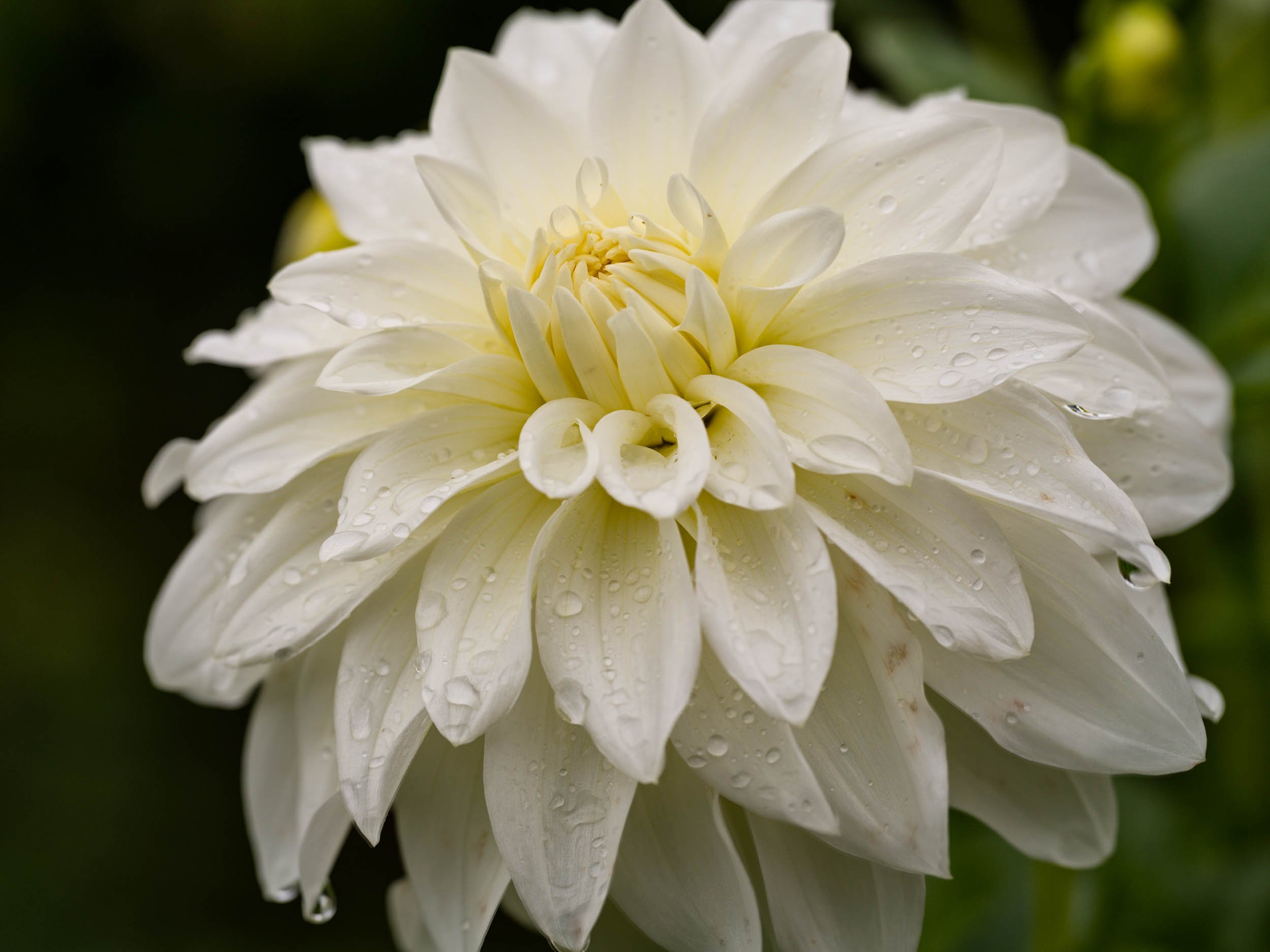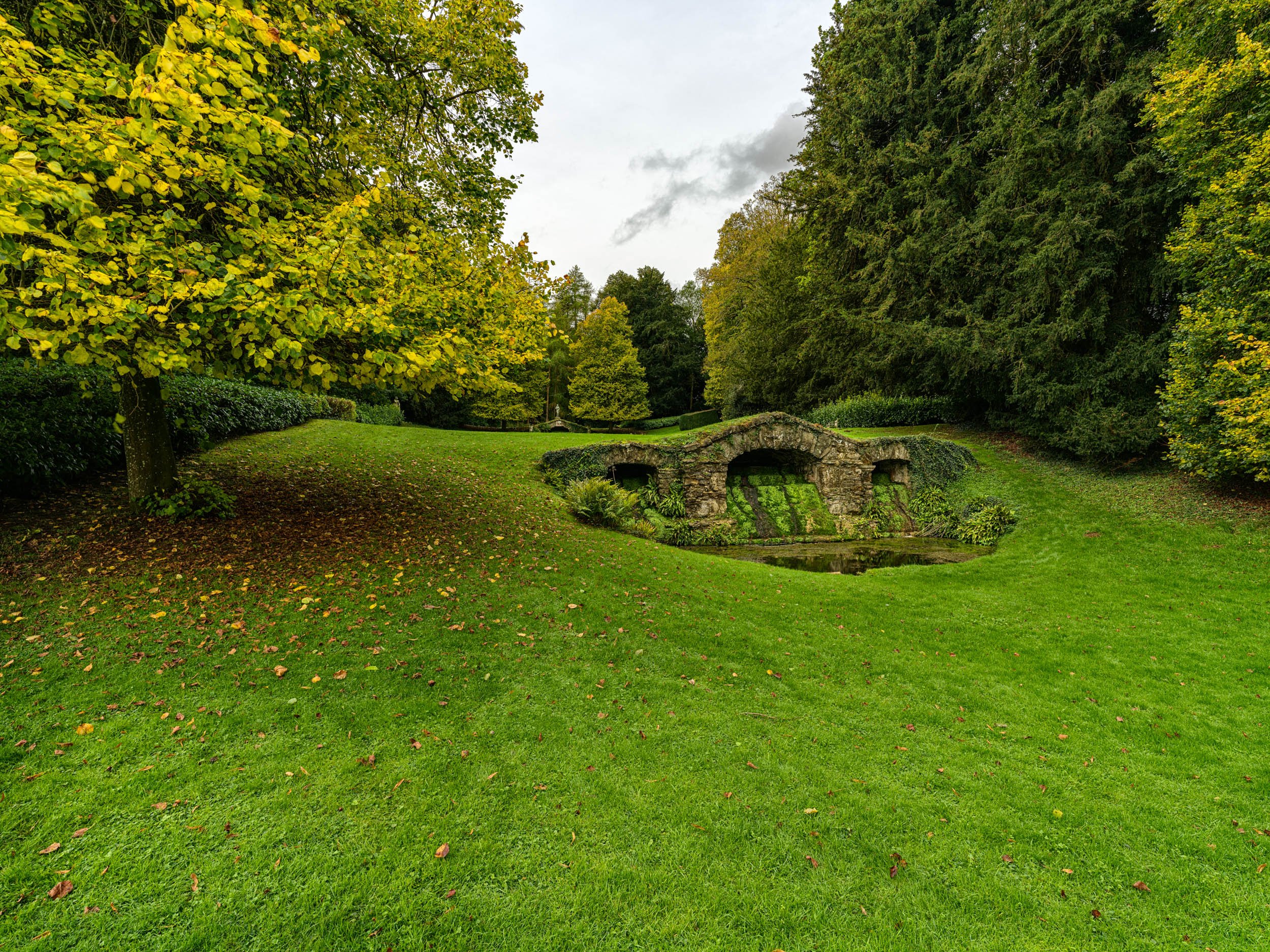
Fall 2023 In UK Gardens
About The Trip
When you think of visiting UK gardens, you likely don’t think of October as the ideal month. This is precisely what appealed to me. Fewer people. Summer to Winter transition. Cool, cloudy weather. I visited five gardens and three wonderful English towns dripping with that breathtakingly beautiful heritage that we Americans yearn for. With each of the gardens I had three to four hours to get a lay of the land and create some images reflecting the essence of these grand places (as I saw it). I literally shot thousands of frames, so the process of post-processing is going to take some time. My plan is to roll out each location as I complete the processing of the images. I travelled light with one backpack containing a small tripod a camera body and three lenses. I could have gotten by with two lenses. This was an opportunity to really test the new Hasselblad X2D 100 megapixel marvel. Wow! As you will see. Beyond the image quality and clarity, this camera system allowed me to work fast. It’s incredibly intuitive and perfect in so many ways. Please enjoy the images. And, come back periodically to see the new images.

Rousham House & Gardens
Rousham is owned and lived in by the same family that built it in roughly 1635. (Another fact I read: the head gardener was born on the property. #destiny) Perhaps most redeeming to me is that it is uniquely unspoiled, remaining the way the principal architect of the gardens, William Kent, created it. Kent touched more than the gardens with his renowned creativity. Today, and certainly unusual, there is no visitor center, no cafe, and the “house” is only open by appointment. But, for hundreds of years Rousham gardens have been open to the public. As I made the circuit walk around the property I was alone and consequently felt very much transported back in time. The more formal gardens, close to the house, are spectacular by way of their curated, unkept wildness. It is difficult to describe, but as example, the large variety of Dahlias were growing intertwined in a long hedge running the length of one of the garden walls; an explosion of color and textures giving the appearance of not having been planted by the human hand. I don’t want to imply that the gardens are not well laid out or untended. Just the opposite is true.
Included in the gallery below are some pictures of a chapel or church that appears to be regularly used by the community that sits adjacent to the formal garden rooms. Like everything at Rousham, it offered a wonderful opportunity to feel transported to another time and place.
Lastly, one of the unique things about my visit was the amount of water nature had just deposited all around England. The river Cherwell running through Rousham was moving fast and had over flowed onto the banks. This made exploring some areas less advisable. Nonetheless, my visit was absolutely fantastic in every way. A piece of me regrets not going back for a second day, but I stuck to my plan of a garden-a-day. Click on an image below to view a slideshow of the images.
Saffron Walden
The town of Saffron Walden’s origins go all the way back to Roman times. But, it’s modern development, say starting in or around the 1230s, laid the foundation for what Saffron Walden would become. It’s history is fascinating (and available in abundance online).
What intrigued me is how well preserved much of the town center is. Buildings built in the 1500s and 1600s are still being maintained and used.
I was lucky enough to pick Saffron Walden as an overnight stop on my way to Cambridge (staying above a pub that was built way, way, way back when/then). I was a bit jet lagged, but I had a great time walking the town and shooting. Saffron Walden definitely made my list of special places. Click on an image below to view a slideshow of the images.
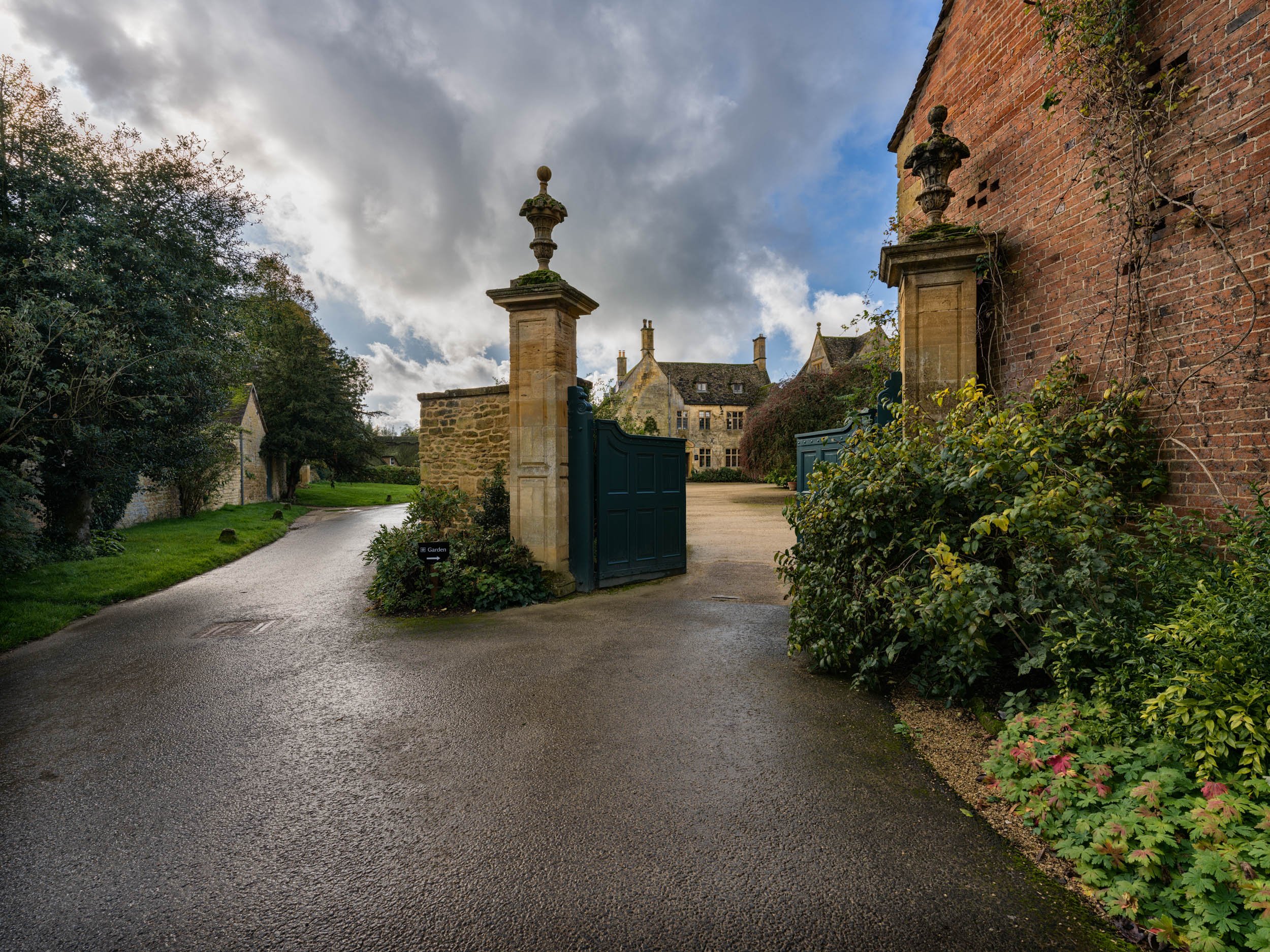
Hidcote
Hidcote in the Cotswolds was recommended by a friend and so it was on my “must get there list.” And, it proved to be all that I could have expected and more. It was quite a contrast to Rousham. First, it is a National Trust property, so it is fastidiously maintained and set up to handle lots of visitors. That said, and second, the egress and the buildings create a very different feel. The buildings are smaller and everything feels less wide open than Rousham. Although when you look beyond the gardens you see only the rolling, wide-open hills and farmland.
The gardens are the work of the renowned Lawrence Johnston and were planted in phases over a 21 year period beginning around 1907. So, by English standards this might be considered a very young garden. According to the literature it covers 10.5 acres. When you are roaming the garden rooms and open spaces, it feels like more than that. I was wondering why and came to the conclusion that your travel through very distinct garden rooms through more flowing open spaces and back into a new room. Upon reflection it feels very compact, but very open at the same time. The variety and uniqueness of the plants are considered a special feature of this property. Honestly, Fall going into Winter is probably not the best time to view the gardens from that standpoint. Rather, the absence of abundant growth and flowering offer the opportunity to see the magic of the spaces.
Trying to capture the essence of Hidcote in four hours and/or one visit was daunting. I felt like I was moving to quickly and not getting enough opportunity to take it all in and really think about my shots. That said, it was a great day, in a great garden, in the beautiful Gloucestershire countryside. Click on an image below to view a slideshow of the images.
Oxford
Oxford is a bustling city wherein you are surrounded by historically grounded college buildings. Everywhere you turn it feels like you are looking at a new college. After all there are 38 colleges in this city of approximately 165,000 people. Most of the colleges are closed to the public as entering them would be like entering a dorm building on a college in the US. So, for the most part it is the architecture and juxtapositions of buildings that became the subject of these images.
I was lucky enough to be invited into one of the colleges, Balliol. Balliol is considered to be the oldest (competing with Merton for this title) established somewhere between 1249 and 1264. The grounds of the college were gorgeous even in the rain and as Winter approaches. They were well manicured and I can only imagine how they look in the Spring.
Another important garden Mecca of the UK is the Oxford Botanical Garden which is the oldest botanical garden in Great Britain (founded in 1621). In a very concentrated space it contains over 5,000 different plant species. Of note was the approach to Fall and Winter gardening where plants are left to die and wither, enriching the soil for the organisms and resting themselves for rejuvenation in Spring. Click on an image below to view a slideshow of the images.
Cambridge
Cambridge is also home to one of the great universities and has a population of approximately 145,000 people. In my opinion, the city doesn’t have the same hustle and bustle that one feels in Oxford. It’s not quiet per se, but feels like it has a more casual and comfortable pace.
The River Cam runs through Cambridge and I am told that traveling the river is the best way to see the various college grounds. My visit to Cambridge coincided with torrential rains and flooding that precluded the punt on the Cam I was looking forward to.
But, I was lucky enough to be there for my son’s graduation festivities and formal ceremony (no photography allowed). As part of that, I visited his college, Peterhouse, which is the oldest of the University of Cambridge colleges.
I also toured the very impressive University of Cambridge Botanical Gardens. In contrast to the same in Oxford, the Cambridge Botanical Gardens are physically much larger, but still located in the heart of the city. Click on an image below to view a slideshow of the images.

Greys Court
The torrent of rain and wind that accompanied my time in the UK caused train routes to shut down from flooding. Consequently, I had to pivot my last day’s garden visit to Greys Court. It hadn’t been on my short list or even on my long list. But, I was attracted to the fact that it was built around castle ruins. And, I could still get there by train.
While Greys Court probably dates back to around 1086, it was the purchase of the property in 1937 that resurrected it into what one sees today. Prior to it’s purchase in 1937 it had fallen into disrepair and the gardens, such as they were, were untended.
The beautiful gardens and surrounding pastures of Greys Court today were well worth the visit. I was very happy with this choice. I recommend this National Trust property for a number of reasons not the least of which is it feels very much like a lived in family home (almost modest in scale) where the last occupants raised their family. It feels homey while still being a massive estate. The gardens are modest in size, but very pleasingly laid out and comfortable to wander. Click on an image below to view a slideshow of the images.
Closing Thoughts
You have to be amazed at gardens, properties and country side that can still take your breath away during the typically unattractive transition between Fall and Winter! Such was the English countryside. The purpose of my trip to the UK was to visit my son and to see his Masters Degree conferred from Cambridge University. That was a great event and something I will always remember. Fortunately, I was also able to take some time to visit three historically important gardens and their estates. In the simplest of terms, I wanted to see the differences between what I have become so familiar with at Filoli. But my overriding goal was to see if I could swoop in for a few hours and capture any meaningful and engaging images. In retrospect, I wished I’d had the time to visit each of these sites and then go back a second day. There were things I missed and/or just didn’t get right. But, all in all, I am super happy with the experience; I learned a lot and thoroughly enjoyed the opportunity to capture some beautiful things in some remarkable beautiful places.


















